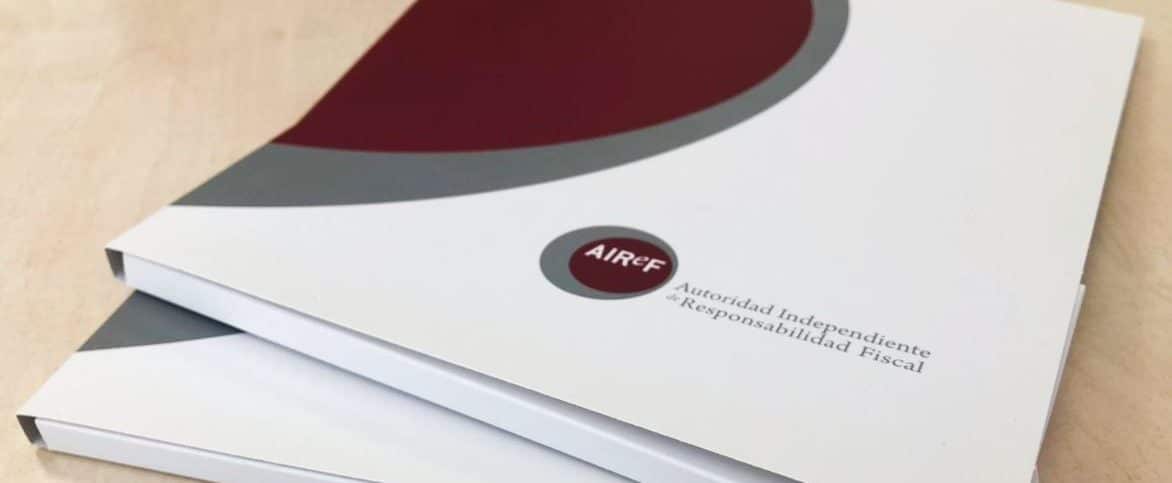
The Independent Authority for Fiscal Responsibility (AIReF) has changed the publication of the stability target monitoring, merging expenditure and revenue trends and assessment of compliance with the targets into a single fact sheet. On this occasion, it also includes a detailed analysis of the measures that have been adopted to deal with COVID-19. You can view the first fact sheet published with this method at the following link (Only available in Spanish).
As a result of the uncertainty caused by the COVID-19 crisis, and as it did in the Report on the Stability Programme Update published on 6 May, AIReF is temporarily adapting its analysis framework based on assigning probabilities with confidence intervals to include two scenarios under the assumptions described in the Report on the SPU.
Since 2017 AIReF, in its effort to achieve maximum disclosure of its analyses under the principle of transparency that governs the institution, has published a monthly assessment of the probability of compliance with deficit targets and the evolution of revenue and expenditure, taking into account seasonality and volatility, once the National Accounts data are known. When the publication of National Accounts data coincides with the publication of one of the mandatory AIReF Reports, the assessment of the probability of compliance with the stability target is integrated into the Report itself.
Until now, AIReF published the monitoring fact sheets on a monthly basis, broken down into six different categories: General Government, Administración Central (Central Administration), Taxes in cash before transfer, Fondos de la Seguridad Social (Social Security Funds), Regions and Local Governments. As of June 2020, AIReF is publishing a single, more comprehensive fact sheet that brings together all the information and remains monthly.
In any case, the fact sheets published before June 2020 can still be consulted on our website, in the section dedicated to Budgetary Stability within Datalab.






